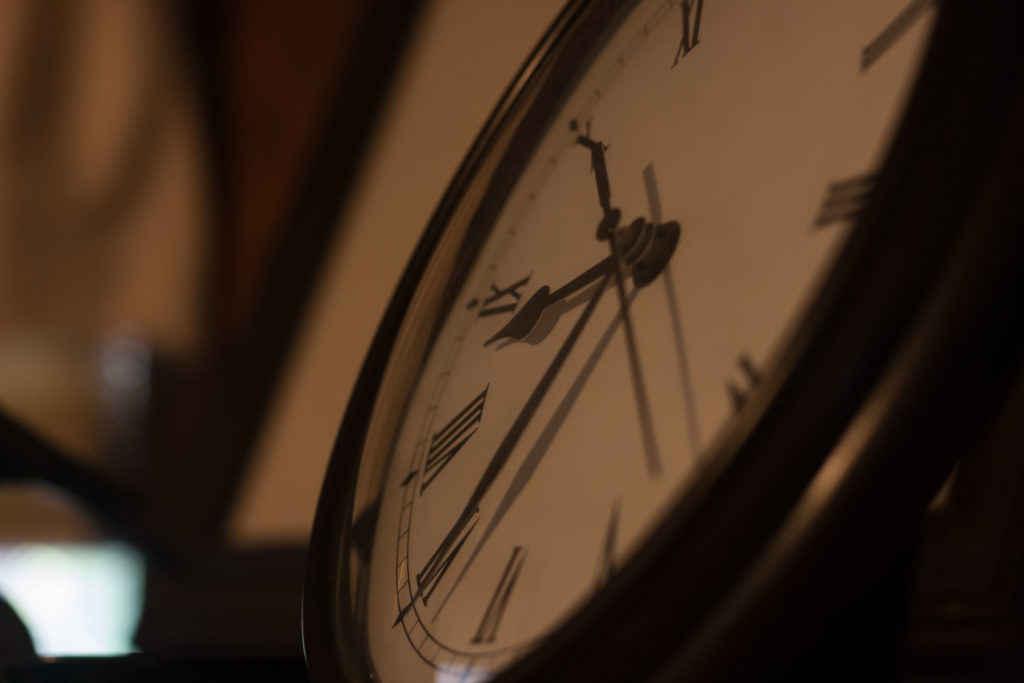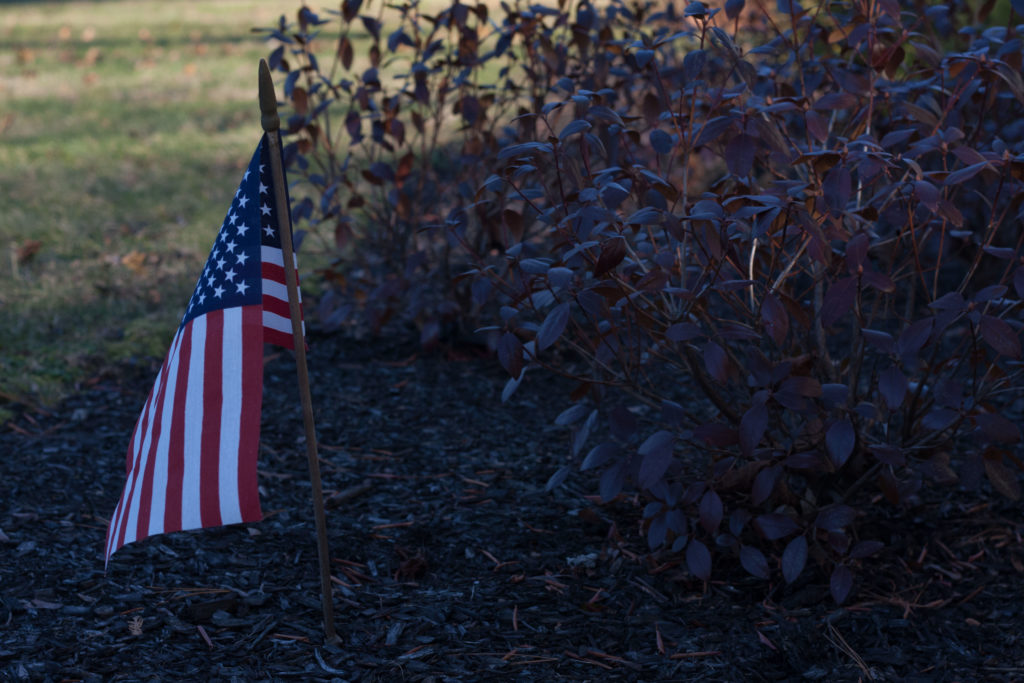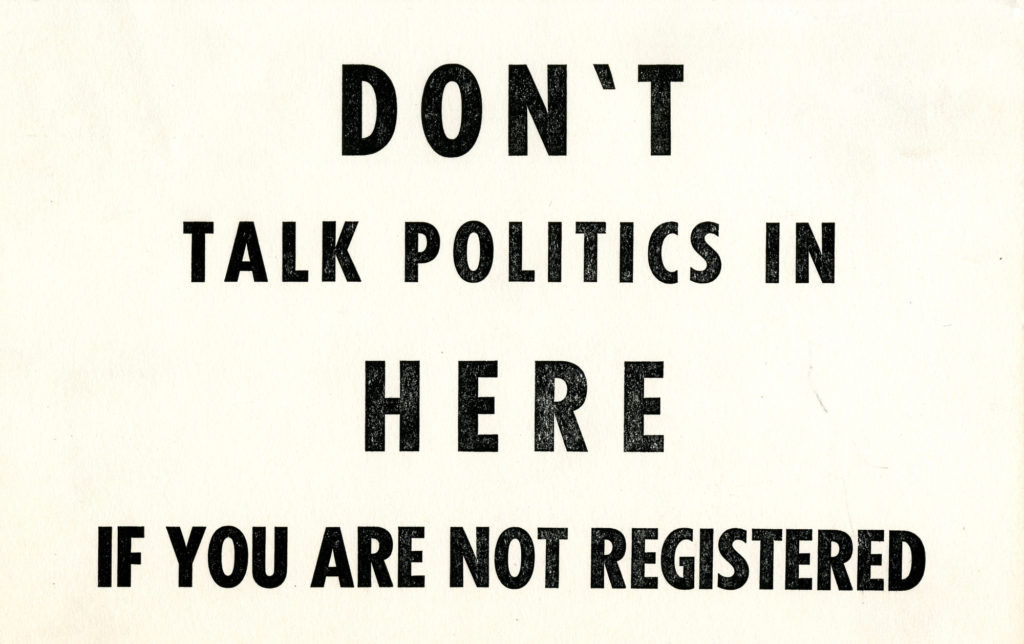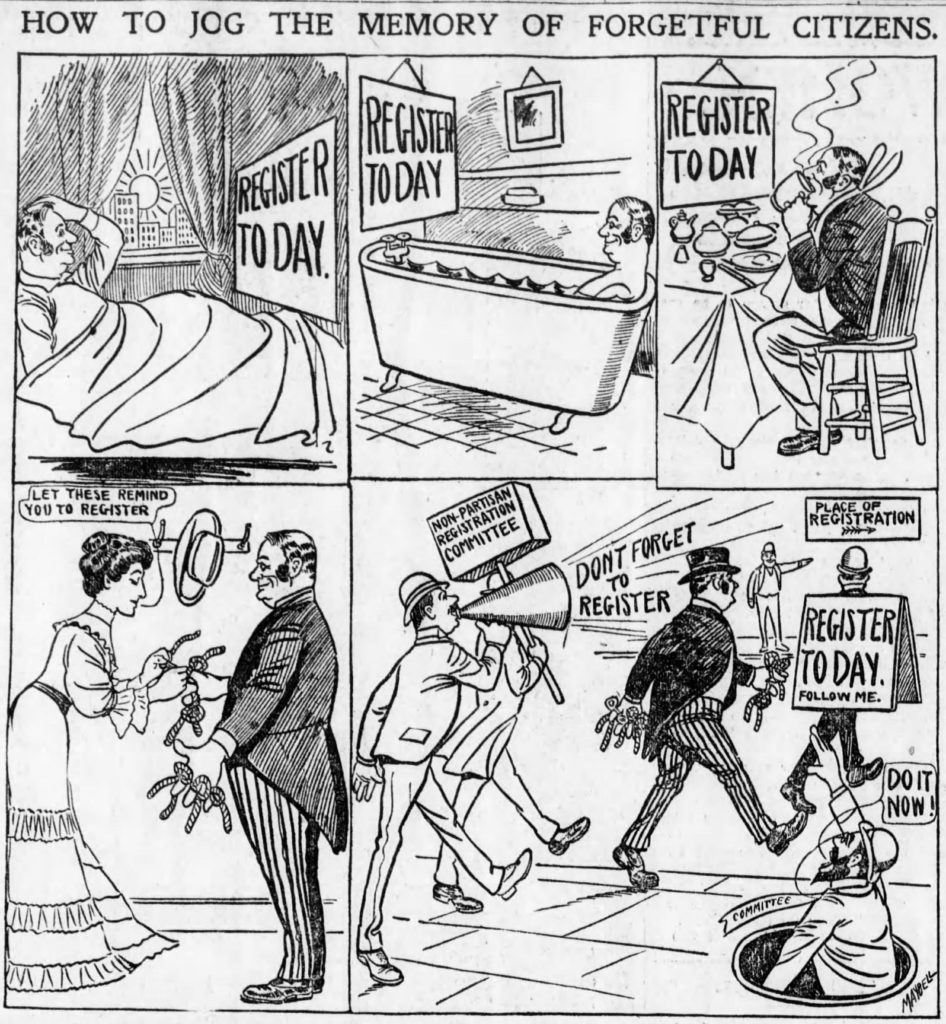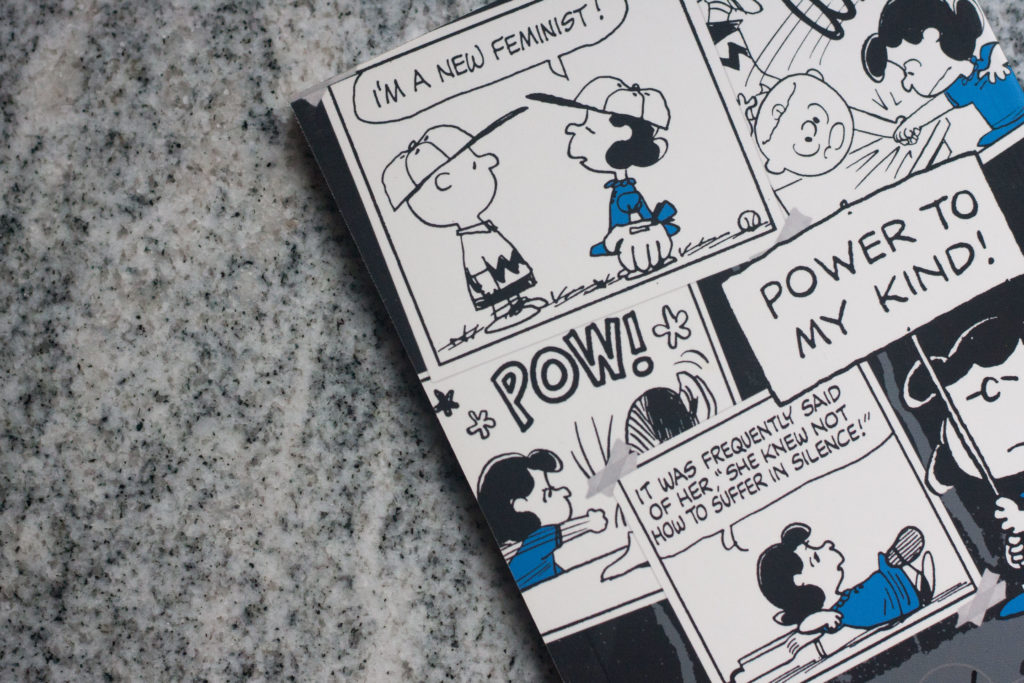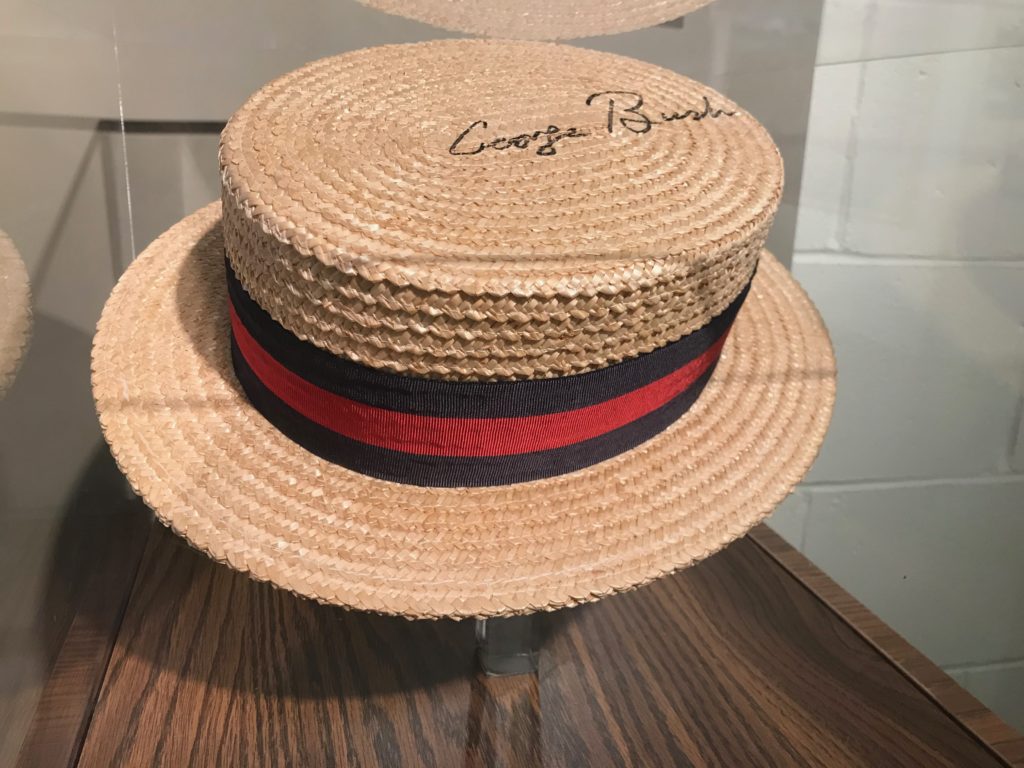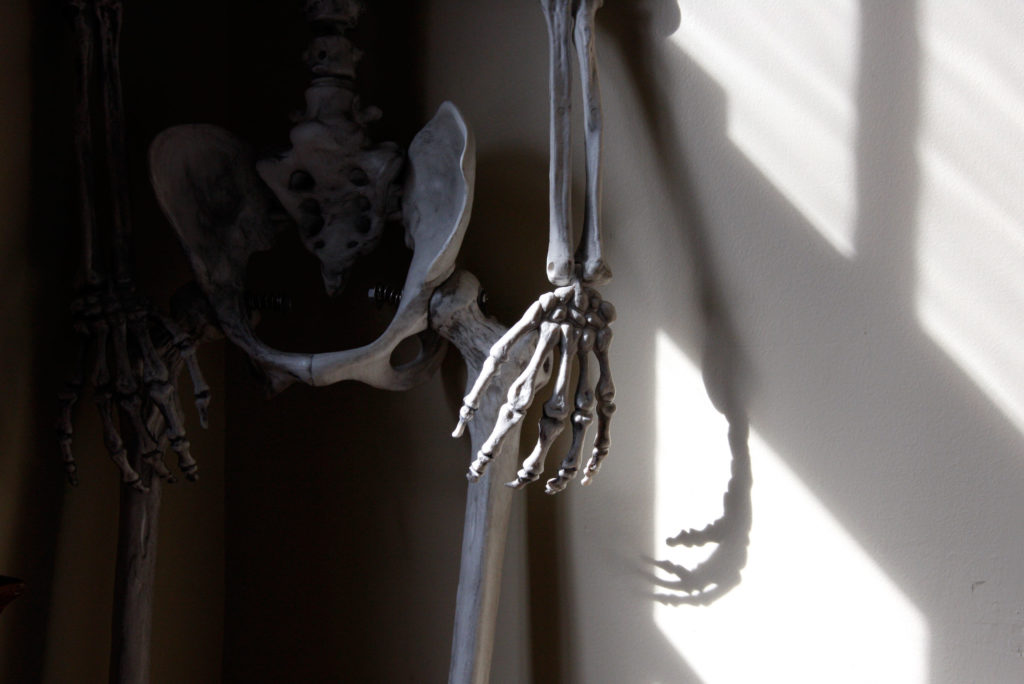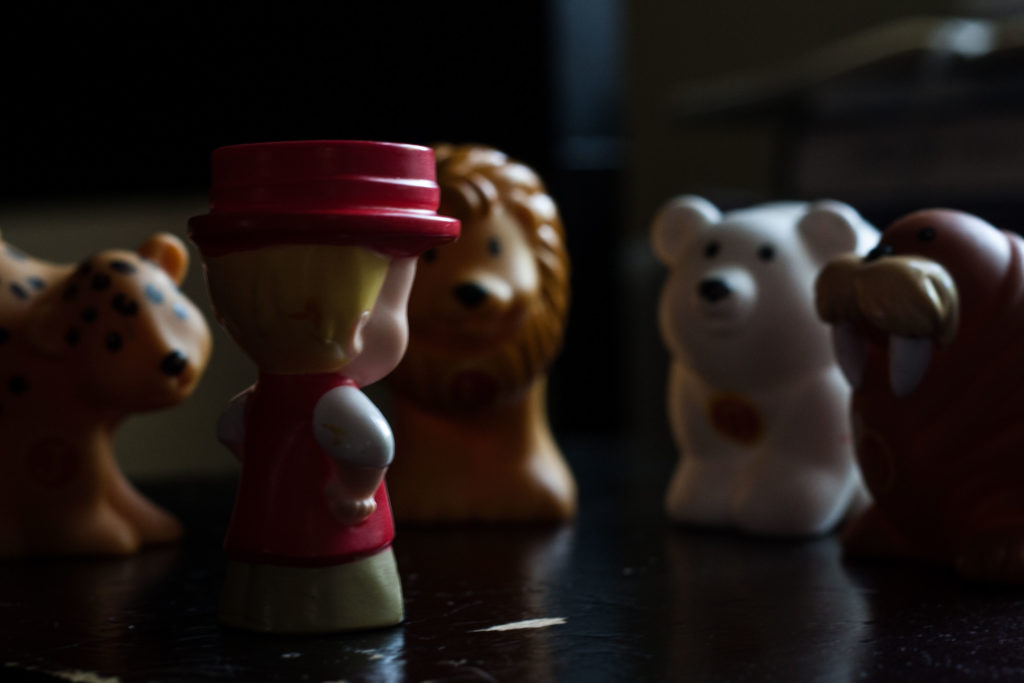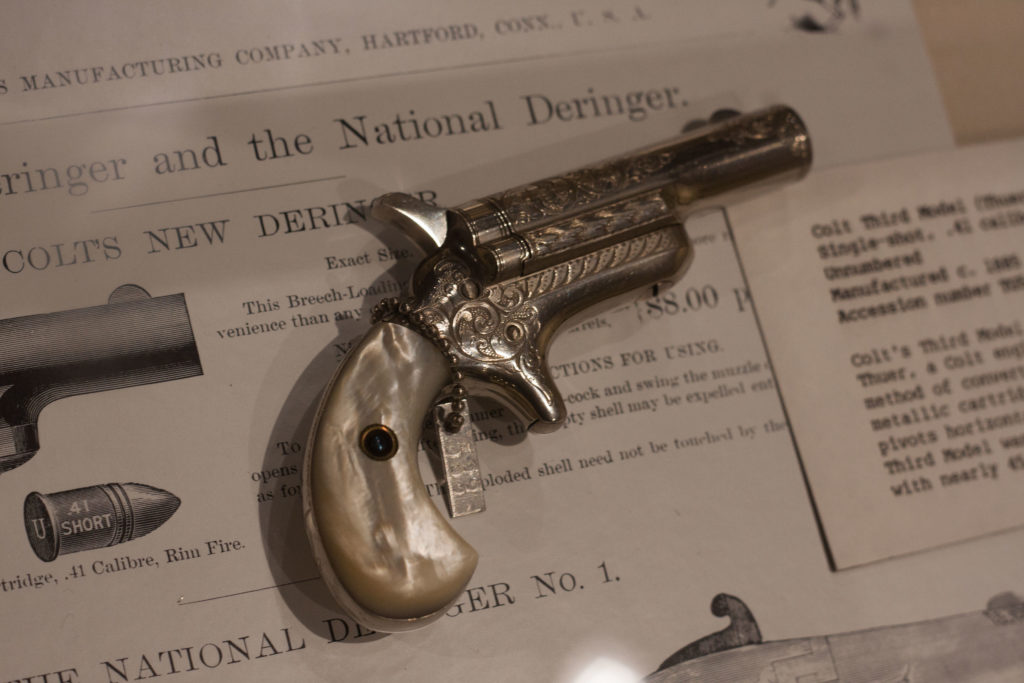Have a drink with: Daylight Saving Time
Spring forward, fall back.
Ask about: How do I change the clock in my car, again?
You may think you have it bad this week, with Daylight Saving Time going into effect: it’s hard to get going in the dark mornings, who knows which clocks you forgot to change, and if the news is to be believed, we get so collectively thrown out of whack by the annual shift in time that there is a nationwide uptick in everything from depression rates to car accidents.
The Sunshine Protection Act, introduced by Senator Marco Rubio in Congress for the second time, aims to get rid of the whole process once and for all by keeping the nation on Daylight Saving Time (which we entered last weekend by turning clocks ahead one hour) year-round. The proposal has been covered in the news extensively this week, with favorable public response.
It’s definitely among the nicer approaches that have historically been taken towards regulating time changes.
In Connecticut, we went ahead and made them criminal.
